New DHS Data Shows Localized Outbreak Trajectories
Health officials are hoping a new dashboard categorizing counties into low, medium and high activity levels will help individuals better understand what the spread of the virus looks like in their community.
June 23, 2020
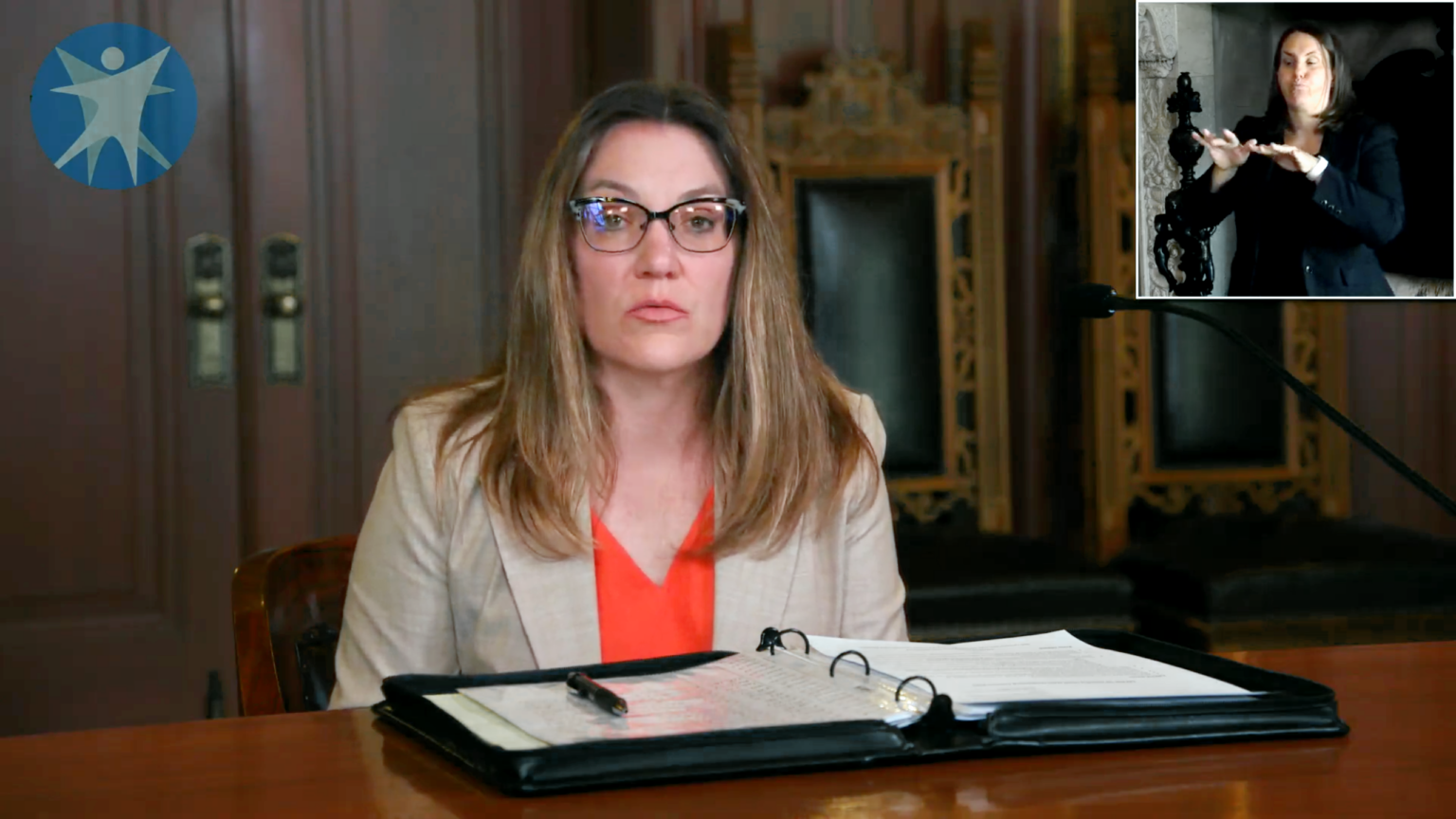
Department of Health Services Secretary Andrea Palm during a COVID-19 media briefing.
The Wisconsin Department of Health Services released a new data dashboard Tuesday to help counties and regions better understand the status of COVID-19 cases and potential outbreaks in their area.
The dashboard uses data of positive COVID-19 cases and categorizes counties into low, medium and high activity levels of the virus spreading. The activity levels are determined by the number of cases based on the population and how rapidly those numbers are increasing or decreasing.
Palm said DHS will eventually expand the dashboard to include surveillance results, health care capacity and public health response on a county level.
Health officials are hoping the new information will help individuals better understand what the spread of the virus looks like in their community at any particular time.
As of Tuesday, Wisconsin had 25,331 positive cases to date. 3,268 have been hospitalized and there have been 750 deaths.
Pockets of Wisconsin are experiencing surges in positive cases that are not linked to specific sources, a sign that people in the community are adhering less to public health guidance, particularly social distancing.
“If you are in a large gathering and you can’t give us the name of the 10 people you were in touch with because you never met them before and you were just shoulder to shoulder with them, it’s going to be hard for us to wrap our arms around that outbreak in a way that helps stop the spread,” said DHS Secretary Andrea Palm during a media briefing.
Local outbreaks of a younger population
A flare-up of COVID-19 cases happening in La Crosse and Winnebago counties is being attributed to younger people, specifically ages 20-29 and in college communities, according to state epidemiologist Ryan Westergaard.
“The likelihood of clusters of hot spots of community spread increasing in communities can very much be driven by young people who don’t have symptoms,” Westergaard said. “When we talk about the ways that we need to operate differently in the fall with infection control, I think we’re learning that we need to really focus on younger people in the community who may not perceive as much risk.”
All 13 of the UW System campuses plan to reopen for in-person classes this fall. Each campus will follow its own set of specific guidelines for the numbers of people in a class, how residence halls will be allocated and if classes need to be moved online again in the event of a second wave.
Statewide K-12 schools will also reopen in the fall. Similar to university campuses, local K-12 school districts will have the ultimate authority to decide how they will combine in-person and virtual instruction, as well as if facilities need to close due to positive case uptick.
What remains unclear to some local public health officials and municipalities is their ability to administer health orders in the event of a local outbreak. In May, the state Supreme Court struck down the Evers Administration’s “Safer At Home” order and curbed their ability to issue future statewide orders. Some local governments have attempted to administer their own rules but these have been controversial.
“Right now, it is on local officials to be able to make those decisions,” said Ryan Nilsestuen, Evers’s chief legal counsel. “Whether it’s putting restrictions overall on the county or making decisions on specific individual businesses.
Unemployment
Unemployment claims in the state continue to climb. The Department of Workforce Development said for the week ending June 20 there were 23,773 new unemployment applications filed. From March 15 through June 20, nearly 3.5 million claims were received and more than 500,000, or 15%, are still pending.
DWD Secretary Caleb Frostman announced Tuesday the department has hired 1,070 new staff to help handle the backlog of claims.
“We’re still battling upstream,” said Evers Tuesday. “It’s a situation where the system should have been changed. The computer system should have been changed years ago, and it wasn’t. And I’m not saying that that’s an excuse.”
Evers said there’s “several hundred thousand claims that are fraudulent” and still need to be adjudicated along with legitimate claims.
Testing capacity
The Wisconsin National Guard has been federally funded to help administer tests throughout the state until August, but Gov. Tony Evers said he is going to be asking President Trump to extend that deadline.
The last two weeks have seen a decrease in the number of tests administered, Palm said, attributing this to people being less likely to get tested in the summer.
Westergaard predicted testing will increase in the fall and recommended anyone with respiratory, cold or influenza symptoms to get tested for COVID-19. He also anticipated testing to become more commonplace in places like primary and urgent care clinics.
 Passport
Passport




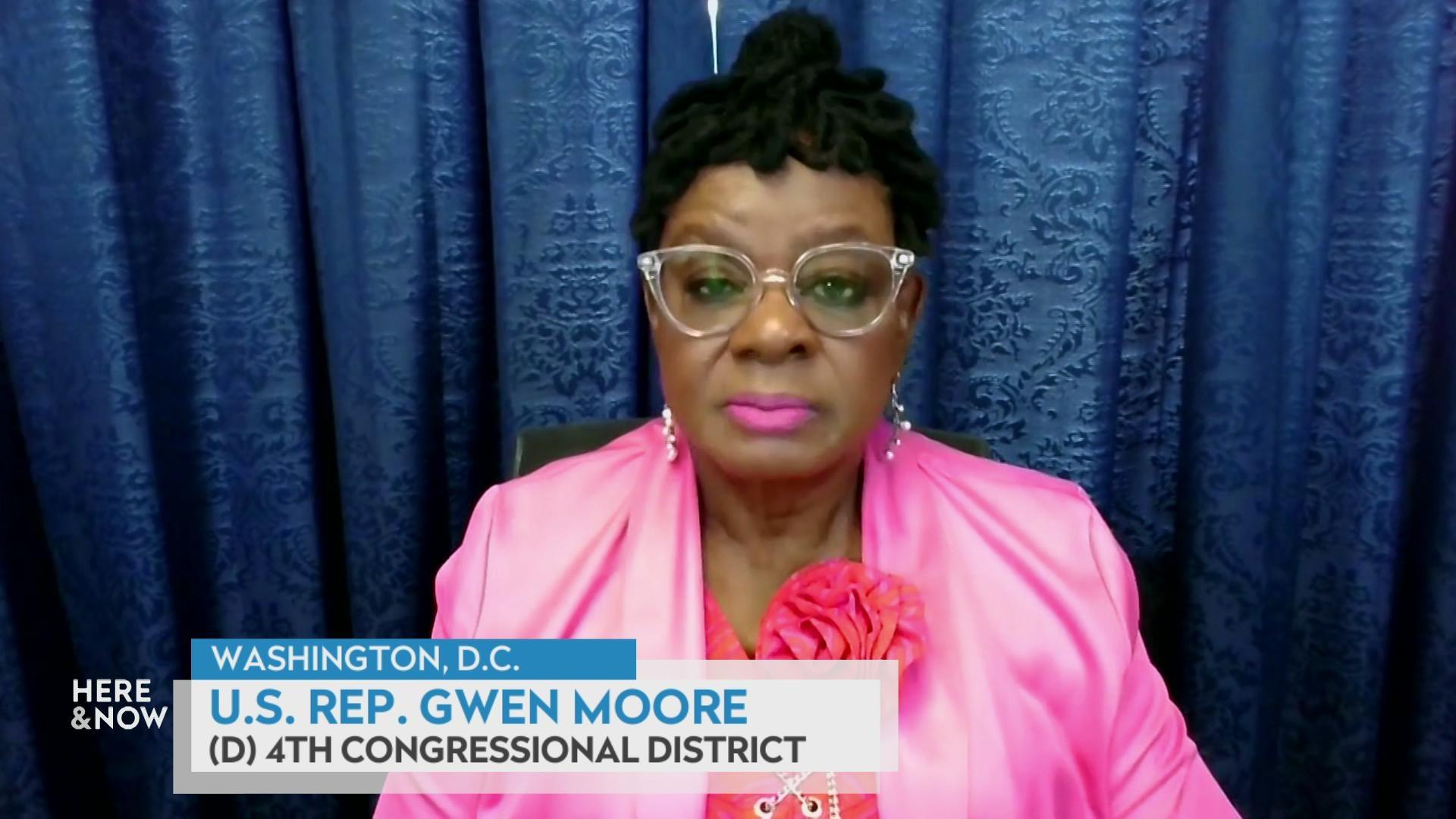
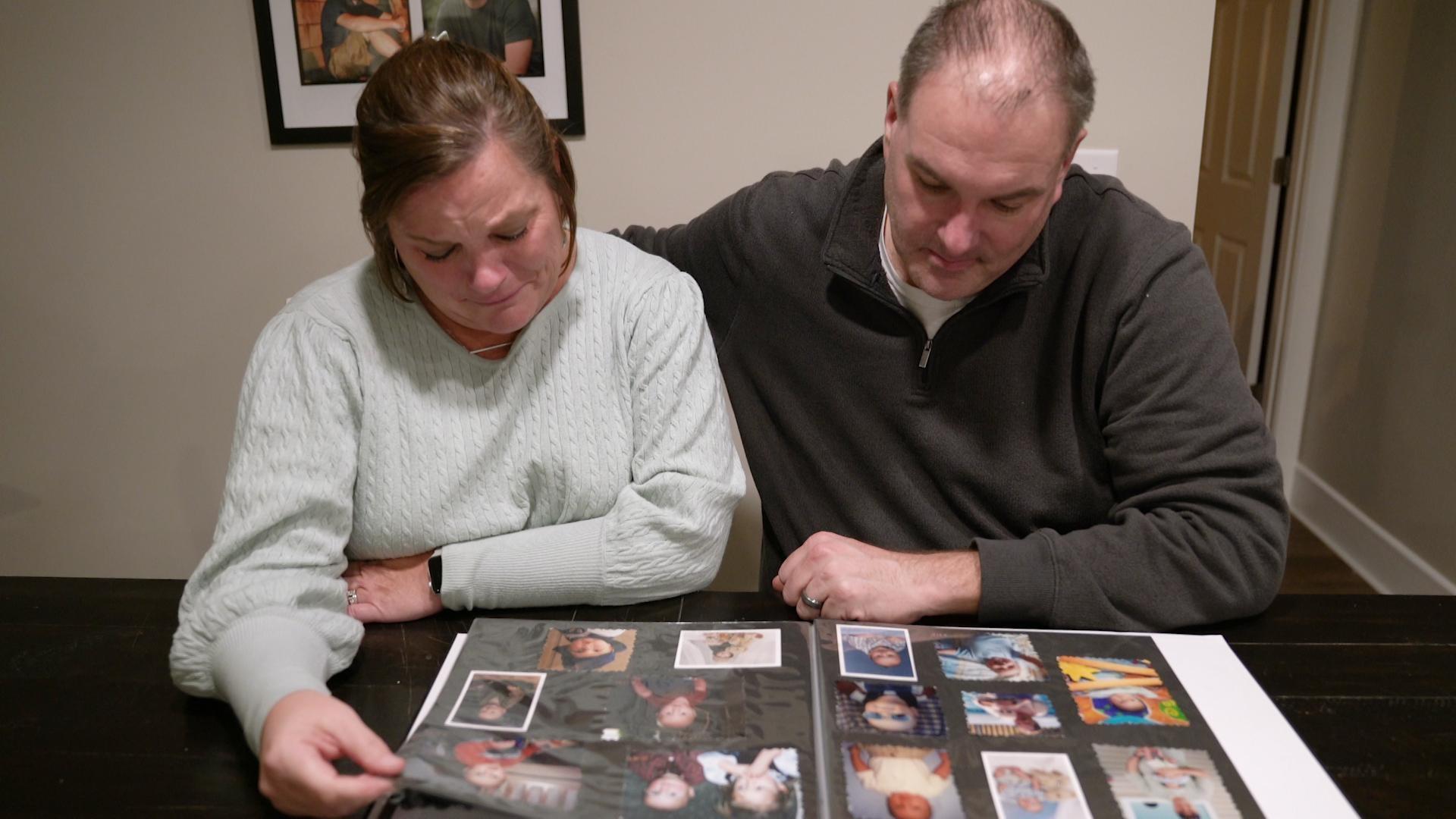

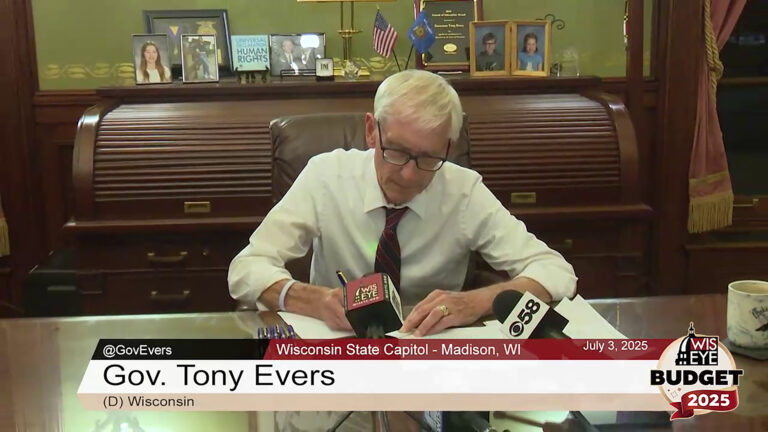

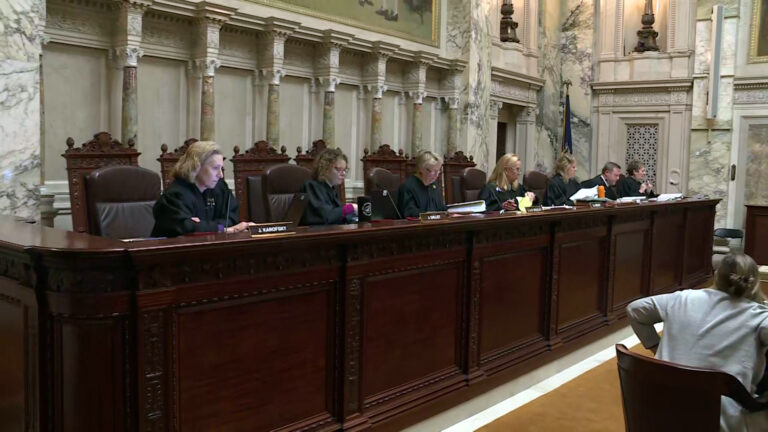

Follow Us